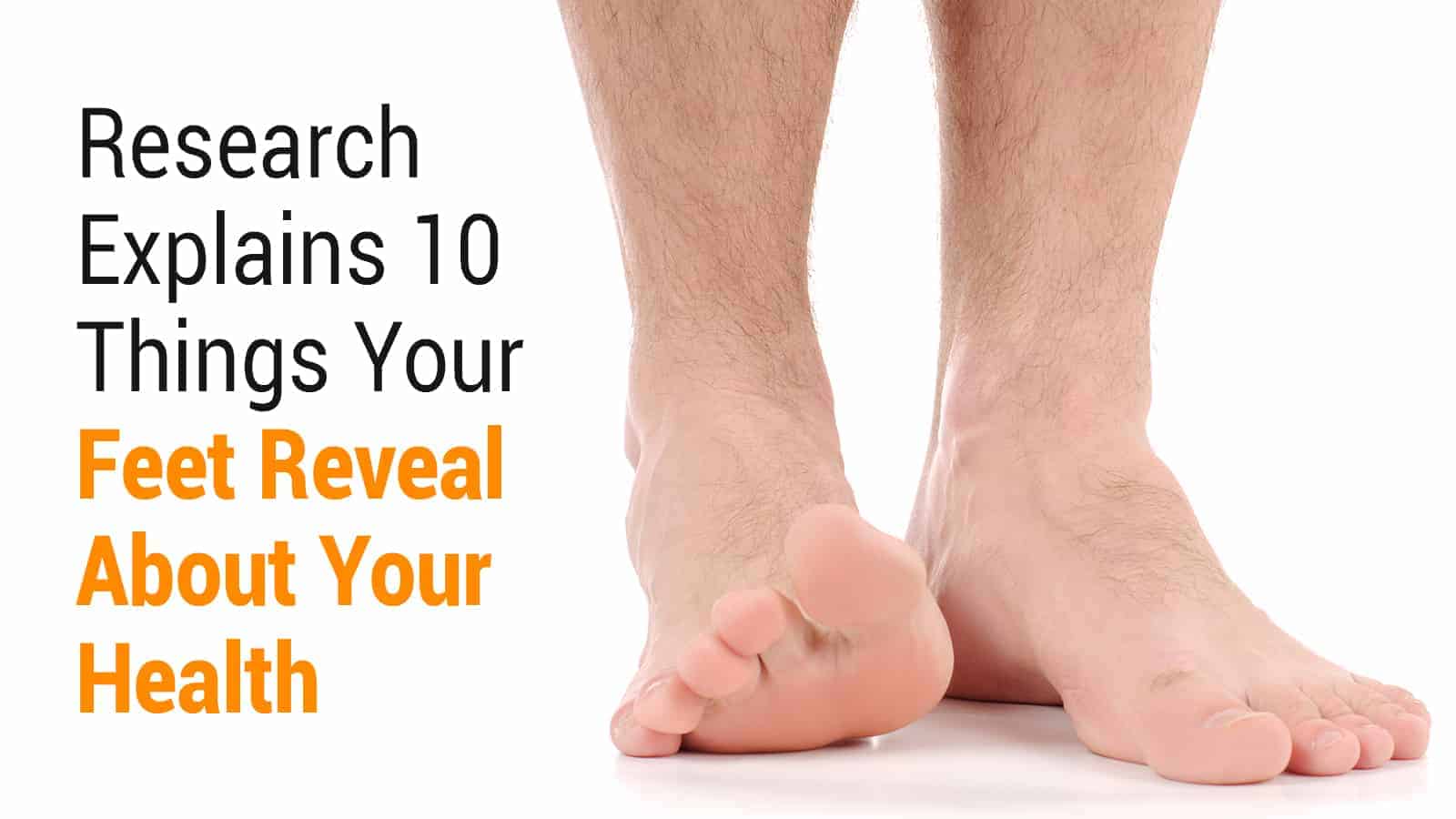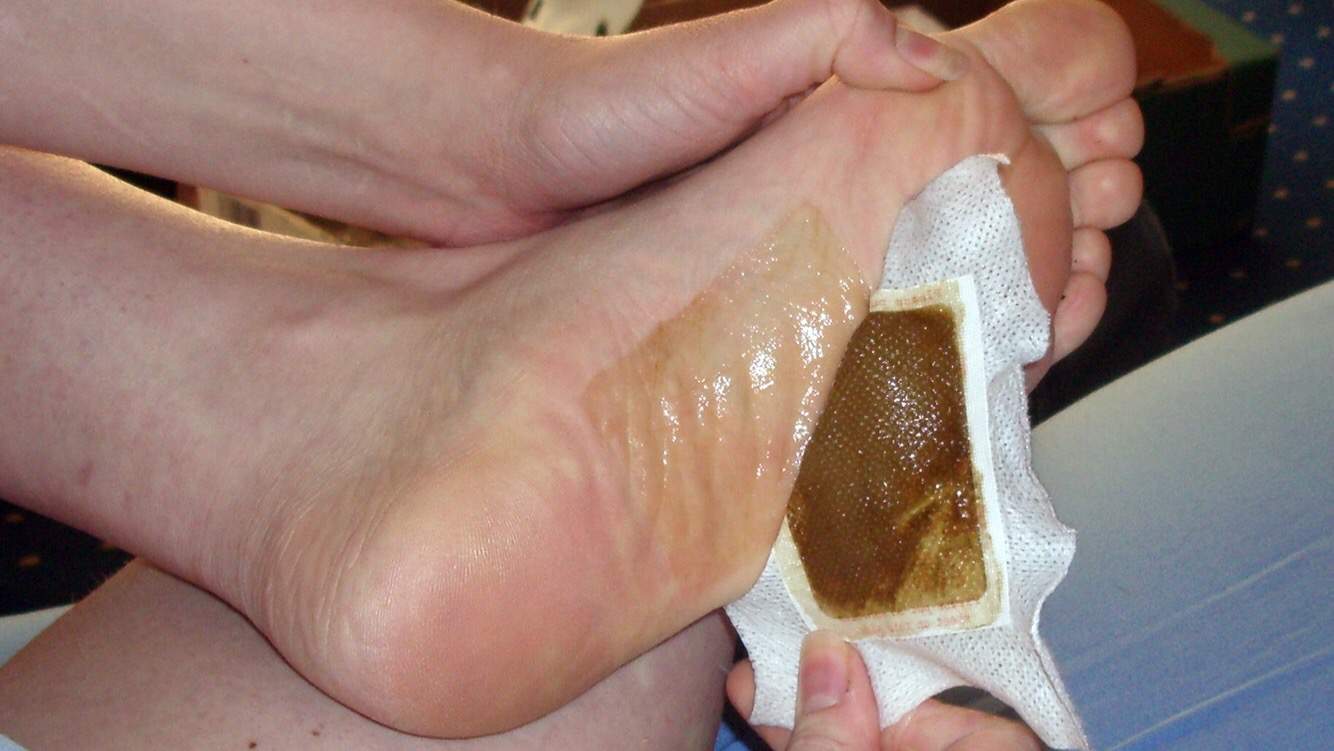Even though you depend upon your feet, it’s easy to forget how important they are to your life. Besides taking you everywhere you need to go, your toes reveal a lot about your health. Check out this list of some health issues your toes could be telling about your health.
10 Things Your Feet Reveal About Your Wellness
1 – Artery disease
Hairy toes aren’t very sexy, but they are healthy. Losing the hair on your toes could mean you have an illness called Peripheral arterial disease or PAD. PAD is a commonplace disease of the arteries where fat deposits and calcium build up in the walls of your arteries.
When your arteries are clogged, your body doesn’t get the oxygenated blood that’s getting pumped away from your heart.
Lifestyle choices that contribute to PAD include the following:
- Smoking
- Diabetes
- Poor diet
- Lack of exercise
2 – Fungal infections
Changes in your toe nails are something to keep an eye on. If your toenails start to thicken and separate from the skin near them, it could mean you have a fungal infection under your toes’ nails.
Fungal infections are easy to pick up at the gym or spa. The soft, damp areas of your skin are the perfect place for fungus to thrive. Fungal infections are often hard to get rid of.
Here are some useful home remedies that might help to rid you of the infection.
- Rubbing alcohol soak: Make a foot soak of part water and two parts rubbing alcohol. Soak the area for 30 minutes. After you soak, be sure that you dry off thoroughly. If you have any scrapes, cuts, or nicks, don’t use this remedy because the rubbing alcohol will burn the open wound.
- Hydrogen peroxide: Wipe the areas where the fungal infection is located with a hydrogen peroxide soaked cloth. Dry completely afterward.
- Black tea: Some people find relief from fungal infections by soaking their toes in a black tea bath for 30 minutes every day. Exit the foot bath and dry thoroughly.
- Apple cider vinegar: Wipe your soles in the infected area with a cloth soaked in apple cider vinegar.
- Tea tree oil: Tea tree oil can fight fungus infections.
There are many over-the-counter products that can help, or if you can’t get rid of the infection, speak with your doctor about getting prescribed medication to eliminate the fungal infection.
3 – Arthritis in the form of gout
If you have a swollen, painful big toe, it could be a sign of gout. Gout is a sort of arthritis that’s caused when there is a build-up of uric acid. It commonly flares up in your joints, in your legs or toes.
Drinking too much alcohol elevates the uric acid levels in your body, so gout can flare-up. Drink sufficient amounts of water to aid your body in flushing away that uric acid.
4 – Diabetes
Cuts on your feet that don’t heal is a sign you may have type 2 diabetes. Around 20% of people with type 2 diabetes get sores on their feet. Diabetes interferes with your body’s ability to heal itself. Other diabetes symptoms that affect your extremities include the following:
- Foot swelling
- Burning or tingling sensations
- Numbness or lessened feeling
- Foot blisters
- Bunions and hammertoes
- Corns
- Athlete’s foot
5 – Thyroid
Certain food conditions can reveal you’re suffering from thyroid disease.
Watch for these symptoms:
- Flaky, dry skin: If you have coarse or very flaky skin around your heels or other parts of your foot could be a sign of thyroid problems. Hypothyroidism causes Palmoplantar keratoderma, a skin thickening condition on the soles, and also on your hands.
- Itchy skin: Itchy skin is a well-known symptom of hypothyroidism and hyperthyroidism. You may feel itchy all over your body, not just your toes and legs.
- Cold feet: Low thyroid function means your circulation isn’t right. This causes your extremities to feel cold.
- Foot cramping: Muscle cramps in your feet are significant symptoms of hypothyroidism that sometimes get overlooked. If you suffer with chronic foot pain, you may have a thyroid problem. Ask your doctor about this possibility. A simple blood test can help you to determine if your thyroid isn’t functioning correctly.
- Smelly feet: Hyperthyroidism makes you sweat a lot, especially on your feet. The sweating causes your soles to get damp. The dampness allows bacteria to grow, so your feet smell.
- Yellowed feet: Your thyroid gland produces a hormone that helps your body process beta-carotene. If you have a dysfunctional thyroid gland, your body can’t process beta-carotene, so it gets stored in outer layers of your skin, including on the foot.
6 – Lack of iron
If your toenails look dipped with spoon-looking indentations, it could be a symptom of anemia or iron deficiency. Keep an eye on unusual looking indentations in your toenails. If you notice these, talk to your doctor about the possibility that you are iron deficient.
7 – Peripheral neuropathy
If you have a sense of tingling or a tiny stabbing feeling in your extremitites, it could be a sign of peripheral neuropathy. This is damage in the nerves of your feet that often move up your legs.
It’s crucial to find the cause of these sensations, so speak with your doctor who can run tests. People who have diabetes run an elevated risk of getting peripheral neuropathy, so this could also be a symptom you have diabetes.
8 – A nerve disorder
If you’re having trouble lifting any part of your foot, it could be “foot drop.” This could be a sign of paralysis or weakness in our muscle that lifts your foot. Please take notice of it because it could be a sign of a neurodegenerative illness like multiple sclerosis (MS), a stroke or amyotrophic lateral sclerosis (ALS), or other nerve disorders.
9 – Raynaud’s disease
If your feet turn blue when you go outside in the cold, it could be a sign that you have Raynaud’s disease. This is a condition where your blood vessels don’t work correctly to get blood to the skin of the foot.
If this situation happens to you, be sure to check with your doctor. Raynaud’s disease is easy to deal, but you need to take extra care covering your feet and hands when you go outside in the cold.
10 – Heart disease
Swollen feet, legs, and ankles are a sign of edema. Edema is a sign of a heart problem. If your heart isn’t working correctly, your blood doesn’t get circulated correctly. The blood flows slows down, causing fluid build-up in the tissues of your feet and legs.
Taking Care of Your Feet
It’s essential to give yourself proper foot cawre. You need your feet as strong and healthy as possible to maintain a healthy and active lifestyle. Here are some easy and practical methods of excellent foot care
- Wear comfy shoes that fit well-Choose shoes that give you ample foot support and comfort. Ill-fitting shoes cause foot deformities such as bunions, corns, and other foot problems later on. If you need to wear heels at work, choose well-fitting heels and change out of them throughout the day so your feet can get a break.
- Wash your feet daily-Keep your feet clean and dry so you won’t get a fungal infection. This is important, primarily if you use a locker room or spa. Check your feet for signs of fungal disease.
- Change your socks every day-Don’t wear day-old socks. They can harbor bacteria.
- Don’t cross your legs when sitting-Crossing your legs can cause your blood circulation to slow down, so your feet aren’t getting proper circulation. If you do cross your legs, change the position always to allow your blood to flow properly to your extremities.
- Put up your feet when you sit to improve blood circulation.
Eating for Better Foot Health
Proper nutrition is essential for all parts of your body, but especially for your feet. Here are some practical suggestions for what to eat to help your extremeties stay healthy and happy.
- Vitamin D and calcium: Eating foods high in calcium helps your feet’s bone production. Eat fatty fish like tuna, mackerel, salmon to get lots of vitamin D, which protects you from developing osteoporosis. This degenerative bone disease makes your bones grow thin and fragile.
- B vitamins: Eat foods rich in B vitamins to protect against neuropathy and overall nerve health. Eat eggs, tuna, cottage cheese, and whole grains like quinoa, barley, and brown rice.
- Proteins: Proteins keep your muscles and tissues around your feet functioning at their best. Beans, legumes, nuts, and seeds are all excellent sources of plant protein. If you eat meat, choose lean meat like chicken or fish.
- Fruits and veggies: Consume lots of fruits and vegetables every day to build up your immune system to fight off diseases.
Final Thoughts on Caring for Your Feet
Don’t forget to treat yourself to proper foot care. They’re an essential part of your body that keeps you moving throughout your day. Please take special notice of your extremities, including the foot. Most especially, note any changes in the way they look or feel. Never ignore not being able to move your foot properly or tingling or numbness.
These red flags might be a sign of a neurological disorder. Your toes need proper nutrition to keep you going, so eat well for the health of your extremities. Choose a healthy diet and get exercise as part of a more comprehensive foot care program. Your feet will thank you for it.
















 Community
Community

